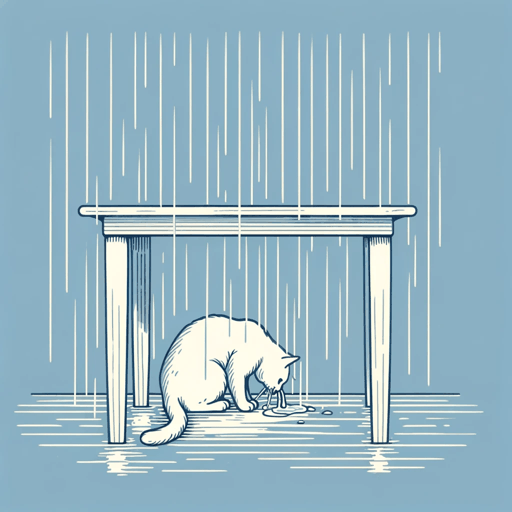21 pages • 42 minutes read
Ernest HemingwayCat in the Rain
Fiction | Short Story | Adult | Published in 1925A modern alternative to SparkNotes and CliffsNotes, SuperSummary offers high-quality Study Guides with detailed chapter summaries and analysis of major themes, characters, and more.
Literary Devices
Symbolism
Symbolism is when one object or image represents an abstract idea beyond its literal meaning. For example, the doors in the story function as literal doors but they often symbolize transition or boundaries. An open door might indicate an openness to communication or connection while a closed door might symbolize a character being closed off to an idea, person, or experience.
Theory of Omission (Iceberg Effect)
Hemingway’s concise use of language may seem as if it lacks description, but because it is so precise, his word choice becomes even more important. Hemingway believed that a good writer could omit details they were sure of, and the strength of the writing would convey those missing details to the reader with the same clarity as if the writer had written them directly. He wanted what was going on at the heart of the story to be omitted from the surface of the story and left to the reader to infer.
Dialogue
The story relies heavily on dialogue for presenting images and characterization. The characters’ dialogue is very natural and brief, written in a realistic manner that reflects natural conversation. Hemingway reveals the nature of his characters’ relationships as much through what they don’t say as what they do (see Iceberg Effect above).
Related Titles
By Ernest Hemingway
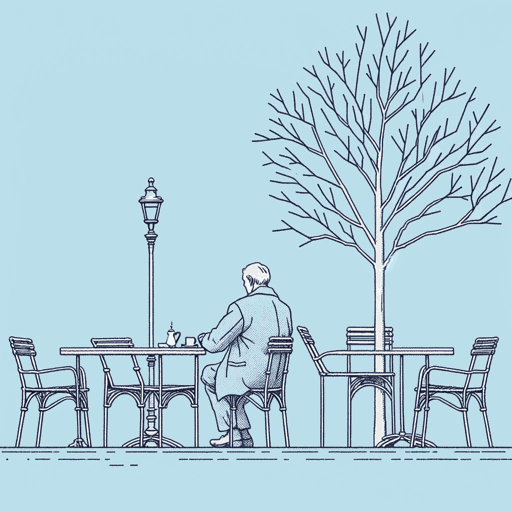
A Clean, Well-Lighted Place
Ernest Hemingway

Across the River and into the Trees
Ernest Hemingway

A Day's Wait
Ernest Hemingway

A Farewell to Arms
Ernest Hemingway

A Moveable Feast
Ernest Hemingway

A Very Short Story
Ernest Hemingway
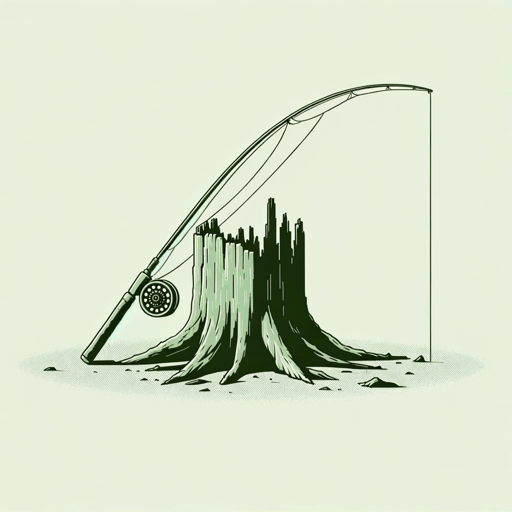
Big Two-Hearted River
Ernest Hemingway

For Whom the Bell Tolls
Ernest Hemingway

Green Hills of Africa
Ernest Hemingway

Hills Like White Elephants
Ernest Hemingway
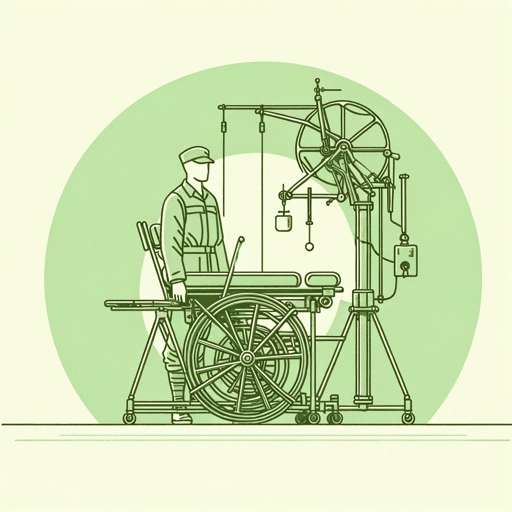
In Another Country
Ernest Hemingway

Indian Camp
Ernest Hemingway

In Our Time
Ernest Hemingway

Old Man at the Bridge
Ernest Hemingway
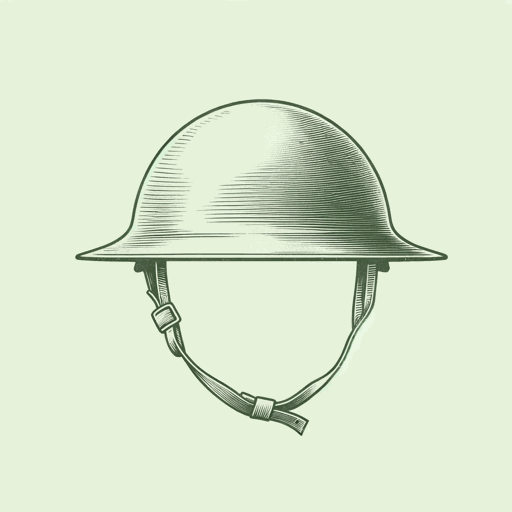
Soldier's Home
Ernest Hemingway

Solider's Home
Ernest Hemingway

Ten Indians
Ernest Hemingway

The Garden of Eden
Ernest Hemingway

The Killers
Ernest Hemingway

The Nick Adams Stories
Ernest Hemingway
